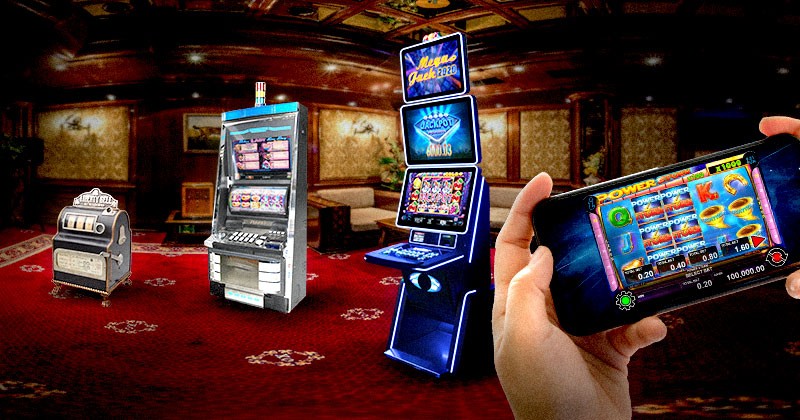Exploring the World digital age, internet cafés may seem like relics of the past in many parts of the world. However, in Japan, they have evolved into a unique subculture that extends far beyond simple access to the web. Known as “manga kissa” (short for manga kissaten), Japanese internet cafés are more than just places to browse the internet or read manga they offer a multifaceted experience that reflects the country’s social, economic, and cultural complexities.
Exploring the World Evolution of Internet Cafés in Japan
The first internet cafés in Japan began to appear in the late 1990s, primarily offering computers with internet access and a limited selection of manga. Over time, they developed into hybrid spaces that cater to a variety of needs. Today’s manga kissa often feature private cubicles, reclining chairs, showers, vending machines, and even all you can drink beverage bars. Some are open 24/7, effectively functioning as a form of budget accommodation for those seeking temporary shelter.
The rise of internet cafés in Japan can be linked to the popularity of manga and anime culture, as well as the country’s embrace of high speed internet and digital services. However, their development has also mirrored societal trends including Japan’s ongoing struggles with work life balance, housing affordability, and urban loneliness.
Exploring the World A Unique Space for Solitude and Escape
One of the defining features of Japanese internet cafés is their appeal to individuals seeking solitude. Unlike the social, sometimes noisy atmosphere of cafés in other countries, manga kissa are typically quiet, private, and dimly lit. Customers rent booths by the hour and can immerse themselves in manga, anime, video games, or movies. Many patrons come alone, using the space as a temporary escape from the stresses of daily life.
These cafés are particularly popular among students, freelancers, gamers, and night owls who appreciate the affordable comfort and anonymity they offer. Some even use them as makeshift offices, complete with Wi-Fi and charging outlets a testament to Japan’s innovative approach to blending leisure with productivity.
Exploring the World Phenomenon of “Net Café Refugees”
Perhaps one of the most surprising aspects of Japan’s internet café culture is the existence of so-called net café refugees (netto kafe nanmin). These are individuals often working poor or temporary laborers who cannot afford to rent an apartment in urban centers like Tokyo or Osaka. Instead, they live in internet cafés, moving from one location to another, paying hourly or nightly fees that are cheaper than traditional accommodation.
This phenomenon, first reported in the early 2000s, highlights deeper economic issues in Japan, including unstable employment, rising living costs, and a lack of affordable housing. According to government surveys and media reports, thousands of people use internet cafés as their primary place of residence. While these spaces offer basic necessities a reclining seat, internet access, and sometimes a shower they are not intended for long-term living and often lack adequate privacy or hygiene standards.
Exploring the World Cultural Curiosity and Tourism Appeal
Despite the socioeconomic challenges associated with internet cafés, they have also become points of interest for tourists. Curious travelers often visit manga kissa to experience an unusual slice of Japanese culture. Some cafés offer English language menus and instructions, catering to foreign visitors who want to try spending a night in a cubicle or browse Japan’s vast manga collections.
YouTube and social media have played a significant role in popularizing this subculture internationally. Videos titled “I Slept in a Japanese Internet Café for 24 Hours” garner millions of views, turning what might seem like a humble, functional space into a cultural attraction.
Exploring the World Future of Internet Cafés in Japan
As digital technology continues to advance and Japan faces demographic shifts, the future of internet cafés remains uncertain. On the one hand, increasing access to smartphones, tablets, and home Wi-Fi reduces the necessity for public internet access. On the other hand, the multifunctionality and affordability of manga kissa continue to make them relevant, especially for niche groups and low income individuals.
Some operators are rebranding internet cafés as “relaxation spaces” or “digital lounges,” offering improved amenities, massage chairs, and wellness services to attract a broader clientele. Others are investing in better ventilation, soundproofing, and design to make the spaces more appealing to both locals and tourists.
Internet cafés djarumtoto login in Japan are far more than simple hubs for web browsing they are a cultural phenomenon that reflects both the quirks and challenges of modern Japanese society. From offering a sanctuary for manga lovers and gamers to providing temporary shelter for the urban poor, these spaces are emblematic of Japan’s ability to adapt and innovate within even the most unlikely environments. As long as there is demand for affordable privacy and digital entertainment, the world of Japanese internet cafés will continue to captivate and evolve.


Leave a Reply